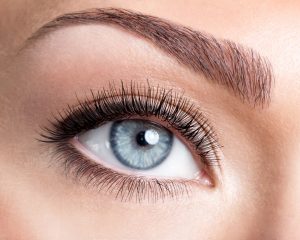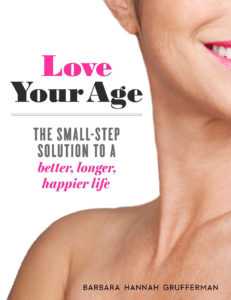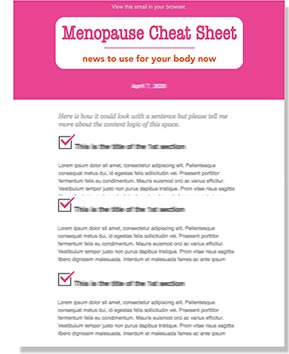Fact: the first thing people notice about us is our eyes, and until I discovered a new product (game-changer), my red eyes were making me feel and look older than my years.

They get irritated from even the most gentle breeze, sometimes leaving me with mascara in more places than my lashes. I hate that.
But older women aren’t the only ones suffering this dry spell resulting in red eyes; the condition affects older men nearly as much.
Marguerite McDonald, an ophthalmologist on Long Island, N.Y., calls dry-eye disease (DED) “a progressive condition that represents a huge unmet need.” In all but the mildest cases, McDonald says, DED has a “significant impact” on your quality of life. And with younger people increasingly unable to tear their gazes away from their gadgets, she adds, DED is becoming a cross-generational eye-health issue: “We now see patients of both genders and all ages with clinically significant dry eye in need of treatment.”
What causes dry eye? In addition to being a woman who has gone through menopause (which causes dryness from head to toe) here are the five biggest risk factors:
- Video displays. Staring at a computer/tablet/smartphone screen increases chronic DED, because it decreases the frequency of blinking, which contributes to dryness.
- Contact lenses. DED rates are the same for contact wearers older and younger than 50.
- Medications and supplements. Antihistamines, benzodiazepine and antidepressants are associated with dry eye in all age groups.
- Laser vision surgery. In a survey of nearly 800 patients who had undergone a PRK (photorefractive keratectomy) or LASIK (laser-assisted in situ keratomileusis) procedure, nearly half reported occasional eye dryness more than three months later.
- The environment. Indoor offices have been shown to result in chronic dry eye. Two culprits: air-conditioning and the need to maintain an upward gaze when sitting before a computer.
To figure out what to do about my dry eyes, I recently visited my eye doctor who put me on a course of prescription-only Xiidra, which did not work for me at all. Then, we switched to the tried-and-true Restasis, and that seems to be the golden ticket to keep my eyes from becoming overly dry and irritated. Yay!
But, even with this help for my dry eyes, my eyes sometimes still look more red than they should, which isn’t very attractive, especially when I’m doing something “public” like giving a book talk. Just recently, however, the brilliant minds at Bausch + Lomb have come out with a new product that is very exciting indeed: Lumify. According to the press kit, Lumify is the first and only redness relieving over-the-counter eye drop, formulated with low dose brimonidine tartrate (something used in 
Finally, I’ve got the right products to help with the dryness (Restasis and preservative-free moisturizing drops) AND the absolutely best product to get rid of the red (Lumify)!
Some other eye-relieving tips include: blink regularly in order to keep them moist, take a break from your computer screen every 20 minutes or so and wear sunglasses to protect your eyes outdoors, and definitely use preservative-free moisturizing drops throughout the day. That combined with regular use of prescription-only Restasis has been working for a few months. If the problem persists or worsens, make an appointment with an ophthalmologist — which you should be doing once a year anyway. (This is especially important in the case of dry eyes, because a sensation of grit in the eye is one of the symptoms of Graves’ eye disease, also known as thyroid eye disease.)
So what’s the beauty angle, you ask? My biggest concern is keeping my eye makeup from contributing to the problem. Here are three ways to do that.
- Top lashes only. Wear non-waterproof mascara on your upper lashes only, and don’t let the wand touch your lash line. My two new favorites are IT Cosmetics Superhero mascara and Trish McEvoy Tubular mascara. At night, remove with an oil-free cleanser.
- Keep powder off lids. To add a little color — and lots of staying power — smooth on a light layer of eyelid primer or cream eye shadow. Avoid powdered eye shadows; their tiny specks can float into your eyes, making them even more red and irritated. Origins, a company that likes to ballyhoo its “natural skin care” products for those with sensitive skin or eyes, offers neutral shades such as GingerZing and Sugar Peach. My go-to eye shadows are Clinique Chubby Sticks — one in a light neutral color from brow to lid and the other in a medium brown for the crease.
- Play up your brows. You can get away with less eye makeup if your brows are beautifully groomed and full. Not sure how to get that Ava Gardner look? This video below offers a few tips.
FOR MORE TIPS ON HOW TO LIVE A BETTER, LONGER, HAPPIER LIFE, CHECK OUT MY NEW BOOK — LOVE YOUR AGE! It’s available in stores but you can also order online right here!


































































